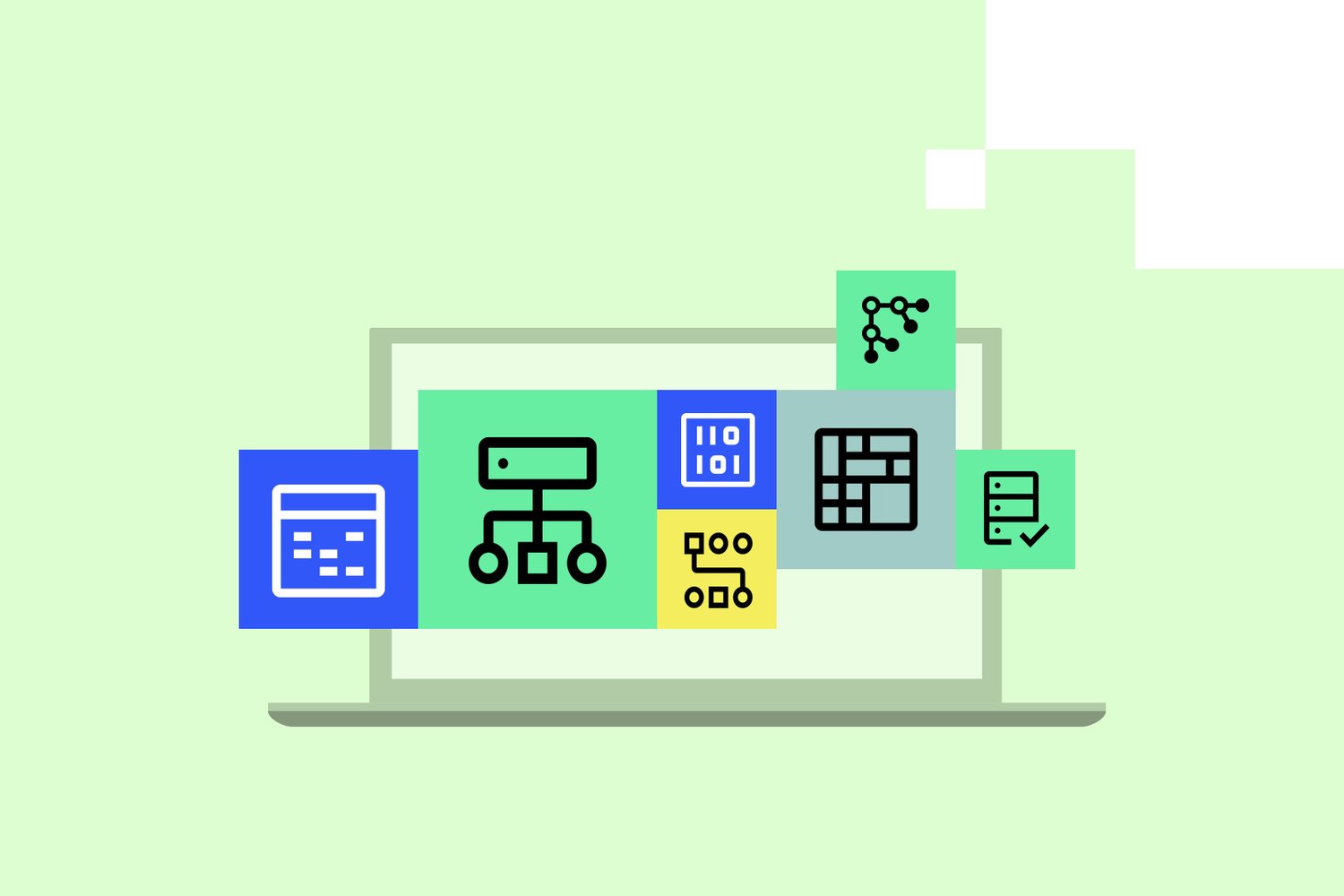In the ever-evolving marketing world, staying ahead of the competition and achieving business growth requires embracing cutting-edge technologies. Introducing a new tech stack - a combination of various software and tools - to your marketing toolkit is a significant leap, but one that has the potential to reshape your strategies and elevate your business. Introducing an integrated technology stack for marketing can deliver a step-change in operations, driving agility and efficiency and ultimately helping to increase revenue.
However, changing this scale can be difficult when resources are stretched, and expertise is limited. A well-organized approach for the first 90 days is vital to ensure a smooth transition and successful adoption of a new tech stack. Let's explore the essential steps to maximize the benefits of your new tech stack during the initial three months.
1. Set clear objectives and KPIs
Setting clear goals is the foundation of your journey with a new tech stack. Begin by collaborating closely with your team and stakeholders to define precise, measurable goals that align with your overarching marketing strategy. Whether your aim is to enhance lead generation, elevate customer engagement, improve data analytics, or all of the above, well-defined objectives, provide a roadmap for measuring progress and ensure that your tech stack aligns with your strategic vision. Ensure that everyone clearly understands your goals and is in line with what you are trying to achieve.
2. Foster collaboration across teams
Promoting cross-functional collaboration is essential for success. A new tech stack often impacts multiple departments within your organization. Encourage cross-functional collaboration and knowledge sharing among teams, notably marketing, sales, and IT. Create open communication channels, facilitate regular cross-departmental meetings, and create a culture that values insights from diverse perspectives. This collaboration ensures that everyone understands how the new tools can be used and adapted for optimal results across the organization. It also means that the individual skill sets of each department can be brought to the implementation phase.
3. Thorough onboarding and training
Comprehensive onboarding and training are essential to effective and full future utilization of the tech stack. Knowledge is power, so ensure all your teams learn how to use the new tech stack effectively. Invest in a well-structured onboarding program with easily accessible resources and conduct training sessions with easy-to-understand online tutorials and guides. Encourage hands-on experience and experimentation. Allow your team members to explore the features and functionalities, helping them to become comfortable with how everything works. A well-trained team is likelier to use technology efficiently, resulting in better outcomes and increased productivity.
4. Phased implementation, testing, and optimization
Gradual implementation, testing, and continuous improvement are essential. Rushing into full-scale adoption is often a recipe for confusion and costly mistakes. A phased approach to implementation, with a clear division of tasks within the team, ensures a smoother transition. Begin with a pilot phase focused on a smaller segment of your operations. Evaluate the technology's functionality, performance, and alignment with your defined objectives. Gather feedback from users and stakeholders and use these insights to make necessary improvements. Document everything as you go. Continuously test and optimize the tech stack to improve performance and improve things as you go forward. A recognized period of trial and error is essential during the first three months.
5. Smooth integration and data management
Seamless integration with existing systems and efficient data management are non-negotiables. Ensure compatibility and establish smooth data flow between platforms. Take all the necessary steps to ensure that data transfer to the new system is done safely and securely. Take this opportunity to clean up your data – removing old and unnecessary data will improve accuracy and efficiency in the new tech stack. Deleting legacy data will also enhance cost efficiencies with the new system.
The activities you undertake in the first 90 days with a new tech stack are vital for ensuring your marketing team can successfully leverage all the functionality of your new technology. Clear objectives, cross-functional collaboration, comprehensive training, phased implementation, and seamless integration are the key steps for making the most out of your new tech stack. Stay focused, be ready to adjust, and be prepared to fine-tune your strategy based on insights gained during this crucial period.
The journey of technological evolution in marketing is exciting, and these early days lay the foundation for a successful future. You are not alone if you don't have all the necessary skills and expertise in-house. Don't hesitate to contact Luxid if you are looking for a trusted partner – with many years of experience in MarTech - who can provide all the help you need throughout the process.
.jpg)









